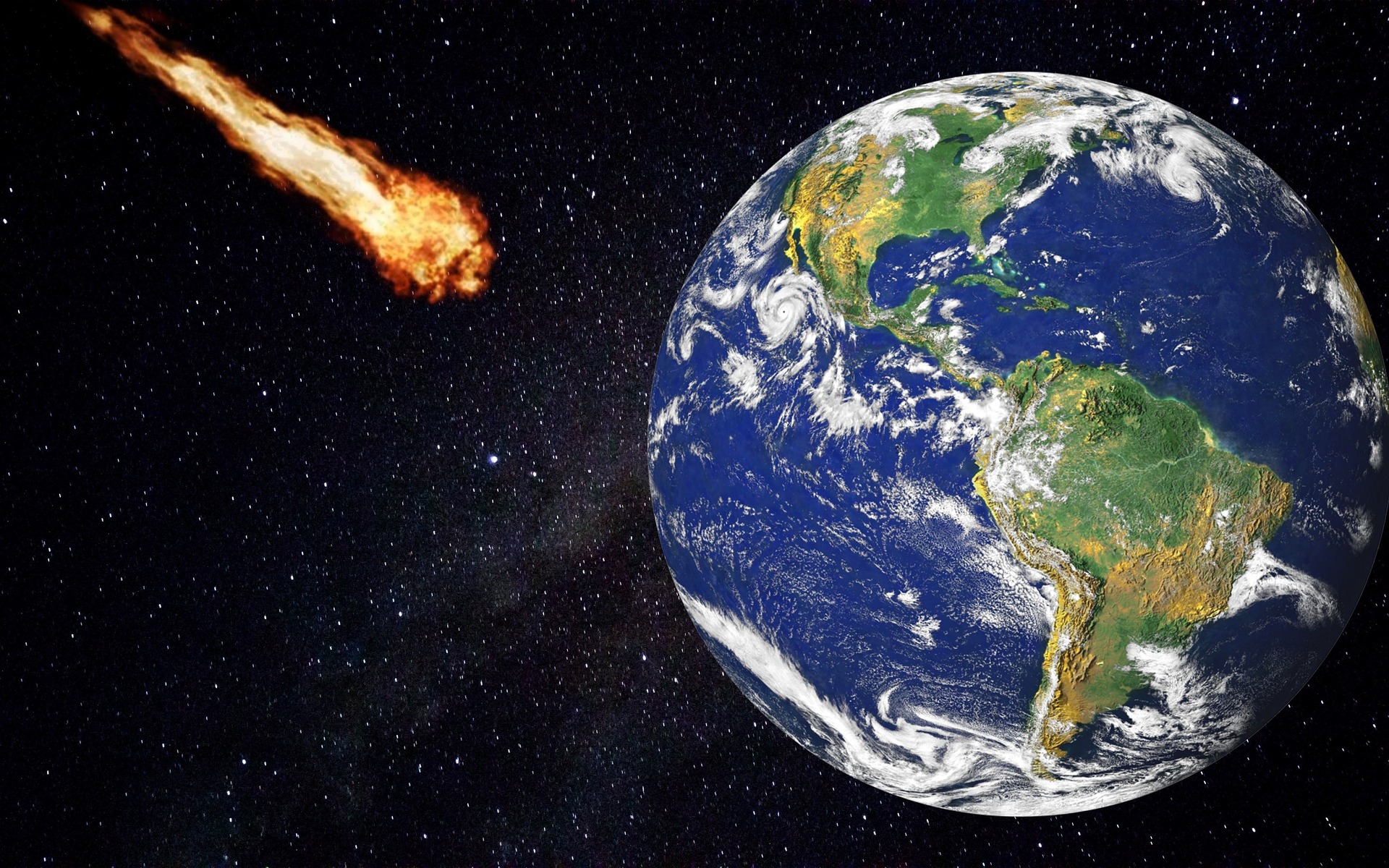Near Earth Asteroids (NEAs) pass by our planet all the time and this news comes just a few days after a car-sized asteroid called 2020 QG flew within 1,830 miles (2,950 kilometres) of the Earth.
This was remarkably close, even closer than any known space rock has ever come without crashing. However, the shocking part was that Paul Chodas, the director of NASA’s Center for Near Earth Object Studies (CNEOS), admitted “We didn’t see it coming.”
Almost one week after this closest pass ever recorded, CNEOS, at NASA’s Propulsion Laboratory, has just confirmed that new asteroid is predicted to approach the Earth one day before the U.S. presidential election, on November 2nd, 2020, to be more precise!
This asteroid was first identified at the Palomar Observatory in San Diego County, California. It has a diameter of 0.002 kilometres, according to the resources.
The probability that the asteroid will hit the Earth was reported to be as low as 0,41 percent, according to NASA. Nonetheless, there are three possibilities for potential impacts!
Three potential impacts have been identified so far and the chance of the asteroid hitting the Earth was reported to be 0.41 percent, according to the NASA data, CNN reported.
However, “based on 21 observations lasting 12,968 days,” there is very little chance of a direct impact of the asteroid towards the Earth, and the space rock does not pose a significant risk to the Earth itself.
In case it is ever determined in the future that an asteroid is on its way to collide with the earth, there are several possible scenarios to avoid it. One involves a nuclear weapon that would detonate above the surface of an object to deflect and slow it down without blowing it up.
Numerous missions underway
There are numerous missions underway, or being planned, at the International Space Agency, to help humanity better understand asteroids. The European Space Agency Hera’s mission is is part of the initiative and the information gathered by them will help scientists learn more about asteroids.
There are about 4,700 asteroids that are classified as potentially dangerous ones – objects that are large enough to cause serious damage if they hit Earth, or they are in dangerous journey to be close enough that a collision with our planet could occur.
